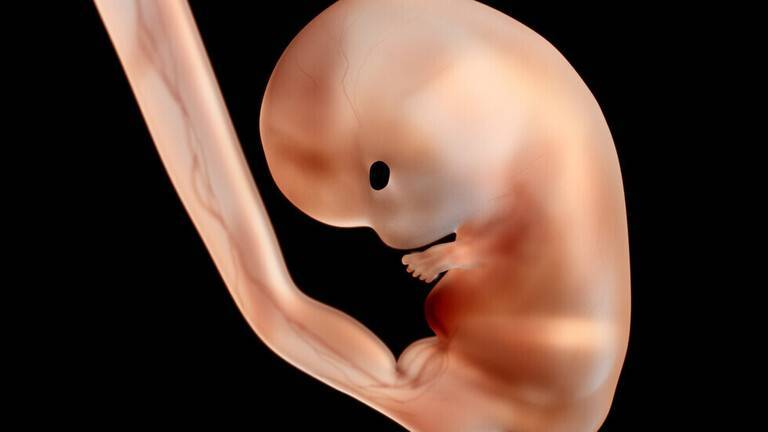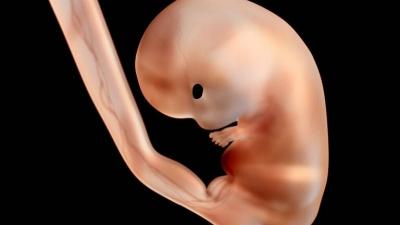Japanese scientists have claimed that they are on the verge of growing human children in the laboratory by incubating eggs and sperm in an artificial womb. Thanks to this new breakthrough, Japanese scientists will be able to produce human eggs and sperm in the laboratory from "scratch," which can then develop in an artificial womb. Professor Katsuhiko Hayashi, a stem cell biology expert at Kyushu University who discovered the process in mice, believes he only has five years to replicate the results in humans.
Hayashi's team used this method of "artificial womb surrogacy" to create baby mice from two biological male parents, using skin cells from a mouse to form a viable egg and then fertilize it. According to the new study published in Nature, the team transformed male mouse skin cells into pluripotent stem cells, which have the capacity to develop into various types of cells or tissues, such as cell type determiners. The team then grew these cells and treated them with drugs that transformed the male stem cells into female cells, thereby producing functional egg cells. Meanwhile, fertilizing those eggs and implanting this model offspring in female mice simultaneously led to the artificial conception of male mice.
Although only 1% of the embryos (seven out of 630) developed into live mice, scientists believe the experiment could have significant implications for human reproduction. Diana Laird, a stem cell and reproductive expert at the University of California, San Francisco, who did not participate in the study, stated, "It’s a very clever strategy. It’s an important step in both stem cell and reproductive biology."
In theory, this process could be replicated in humans by injecting embryos produced from pluripotent stem cells into a female's womb. However, while scientists have managed to engineer human eggs and sperm in the laboratory—a process known as in vitro gametogenesis—they have not yet been able to create original embryos. In other words, the method of artificially making children is still in its embryonic stage.
Dr. Hayashi estimated that it will take about half a decade to replicate the production of egg-like cells in humans and another 10 to 20 years of testing to ensure that this artificial reproductive method is safe for clinical use. One concern regarding this scientific breakthrough is the mutations and errors that could be introduced in a petri dish before using stem cells to create eggs.
If successful, this technique could be a significant blessing for those suffering from infertility, a condition affecting 1 in every 6 people worldwide, according to the World Health Organization. The idea of laboratory-created children is not without its legal and ethical concerns, including worries about designing children to have specific traits using gene-editing tools, raising the notion of a supposed ideal child. There are also fears that some individuals could be pressured into having children against their will using a hair strand or a piece of skin.




